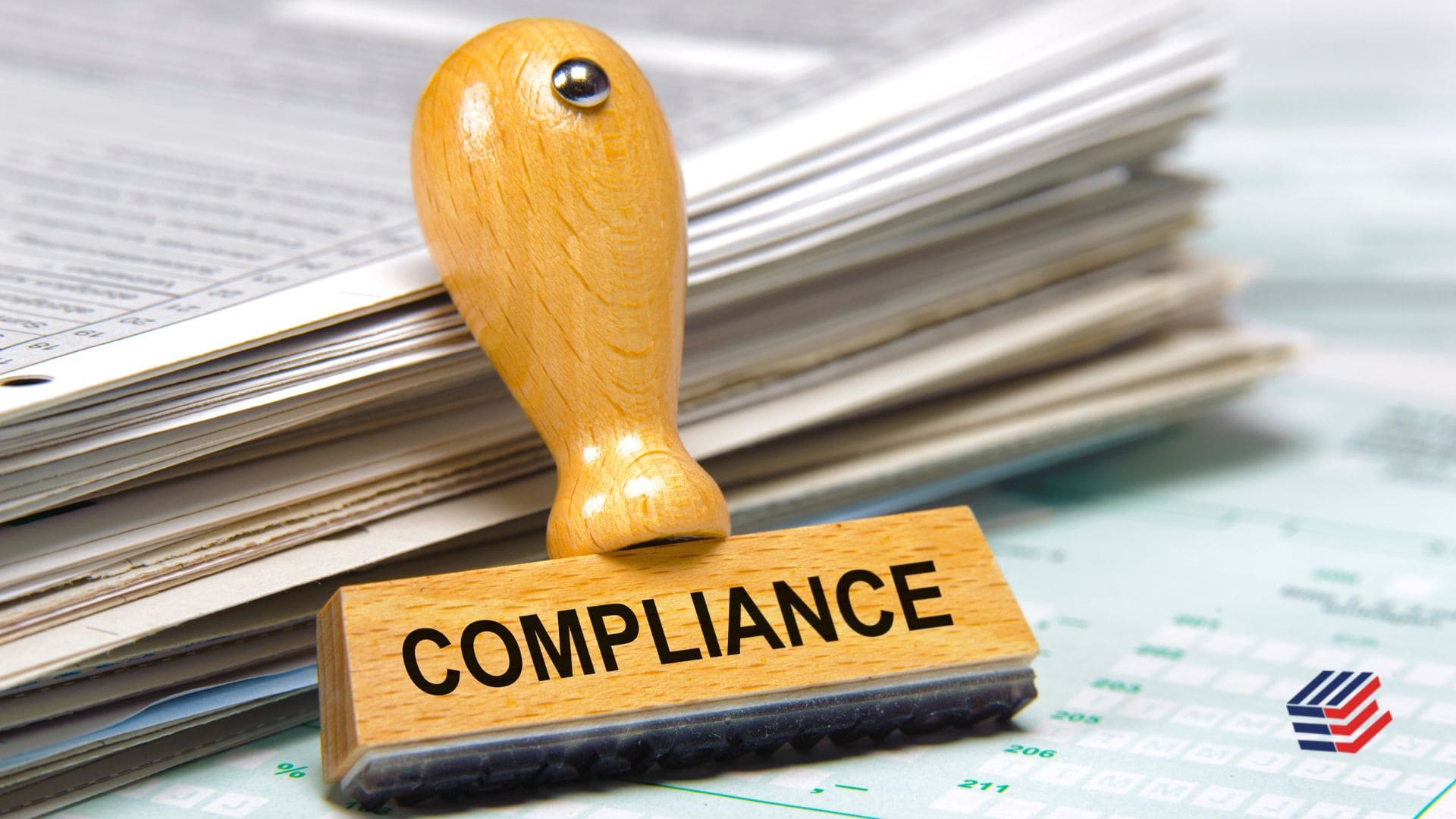Even though there exists no foolproof way of knowing a fake id from a genuine, it still remains the employers responsibility to scrutinize the documents submitted by employees while filling the Form I-9. Any documents within reasonable doubt should be carefully examined and checked for forgery, identity theft or document fraud. The easiest step towards this is to check if the name and personal details tally with what is mentioned in the documents and the photo is identical to the person carrying it. Any change or difference should be justified such as name change etc. Society of Human Resource Management gives the following example to quote. If the new hire gave her name as Mary Bright Smith, but her Social Security card says Mary Bright, ask her to explain the difference. If she changed her name because of marriage, it would be reasonable to assume that the Social Security card does indeed belong to her and reasonably relates to her. If all documents seem to match with the person standing before you, your responsibility on this aspect has been met. If not, you may need to inquire further, or reject the ID and ask for another one on the list. Examples of unacceptable forms of identification would be a 20-year-old school ID that in no way resembles the person before you and has no identifying information printed on it, or a damaged ID, where the picture is too damaged to discern if it is the new hire. In these cases, tell the employee that you cannot reasonably determine the document relates to him or her and ask the employee to provide another document from the list.
The USCIS Handbook for Employers gives some guidelines on determining the genuineness of a document. The handbook contains a section showing pictures of sample documents allowed for I-9 purposes. In addition, the guide points out common—but not acceptable as genuine—documents that employees may provide as IDs:
- Laminated Social Security cards that say “Not valid if laminated” on the back.
- Metal or plastic Social Security cards.
- Printouts from the Social Security Administration with the Social Security number and other identifying information on it.
- Photocopies of documents (with the exception of certified copies of birth certificates).
Some common sense indicators that documents may not be genuine include:
- The document looks tampered with: photo looks glued on, typing appears altered.
- Typing on the document is crooked or in an unusual typeface.
- Certain identifying information is in different or larger typeface than other information.
- Misspellings of the pre-printed information on a document (such as typos in “Social Security Administration”), although slight misspellings of employee’s personal information that do not make it unreasonable to relate it to the individual are allowed.
- Name on the document does not adequately resemble name given by the employee or name appearing on other IDs.
- Birthdates on the separate IDs are too different, or too different from what employee has indicated in section 1.
Employers must tread carefully while determining a document as genuine or fake, else might find themselves in the middle of discriminatory lawsuits. If the document on the face appears genuine then the employer can accept these thereby fulfilling employer obligations.

